6 Best Deep-Cycle Batteries to Power Your Jeep Wrangler
Can your Wrangler go off-grid without crying for a jump? Power it right — and laugh at the dark.
Ready to turn your Wrangler into a reliable power hub? You want lights, a fridge, and maybe winch power — without carrying dead weight or drama.
Pick the right deep-cycle battery and you get more runtime, less bulk, and fewer roadside headaches. Choose poorly and you’ll learn the exact sound of a flat battery at 2 a.m.
Top Picks
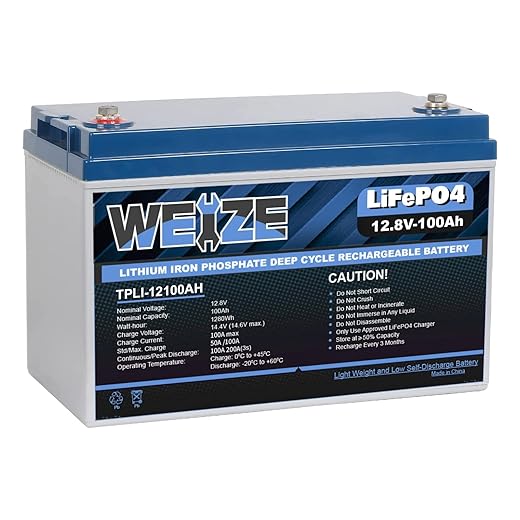


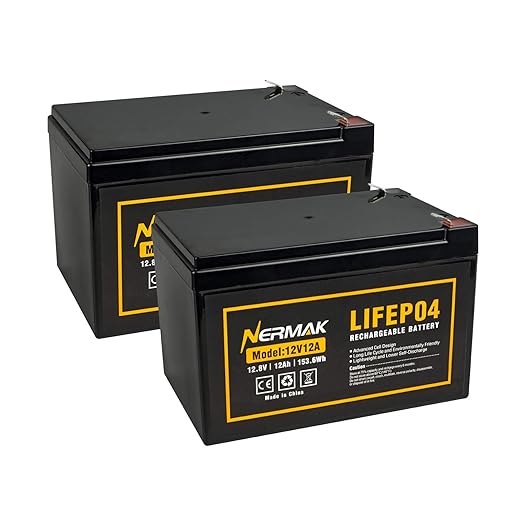
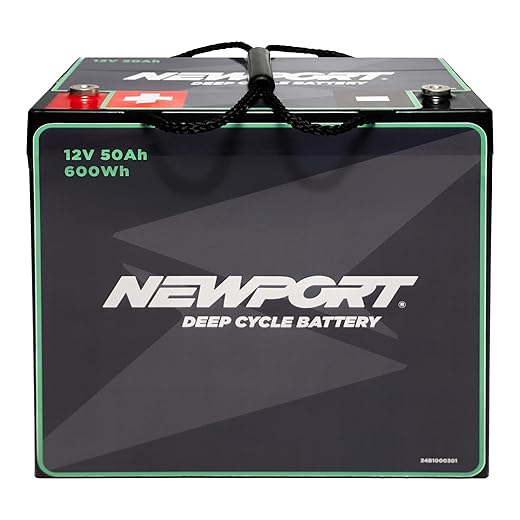
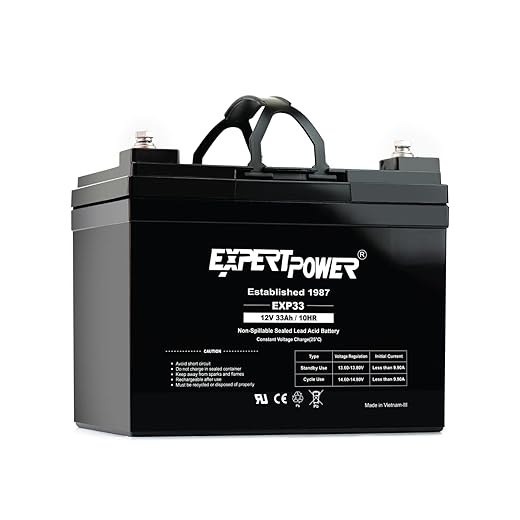
Weize 12V 100Ah LiFePO4 with BMS
A modern lithium upgrade that cuts weight and increases usable capacity compared with lead‑acid options. You benefit from a built‑in BMS, fast charging, and many more cycles, but you must use a charger and system set up for LiFePO4 chemistry.
Why choose this LiFePO4 battery
If you want to optimize your Jeep for overlanding or extended dry camping, this LiFePO4 unit gives you far more usable energy per pound than AGM. The built‑in BMS and low internal resistance make it better suited to repeated deep cycling and heavy, frequent discharges.
Practical benefits and features
You’ll notice faster charge acceptance on multi‑stage or MPPT solar setups and far less voltage sag when running fridges or winches. The included low‑temperature charge cutoff improves safety, but it also means you should avoid charging below freezing unless your system supports a heater or controlled environment.
What to watch for
Install this battery only when your charger, charger‑controller, or inverter/charger can be configured for LiFePO4 charging profiles. While rare, there are reports of early failures—keep invoices and register the warranty so you can engage support promptly if needed.
Renogy 12V 100Ah AGM Deep-Cycle
A solid, no-nonsense AGM option that balances performance, safety, and price for vehicle and off-grid use. You get strong surge capability and low self-discharge, but you’ll trade weight and cycle life versus lithium alternatives.
What this battery is for
You’ll reach for this battery when you want a dependable, maintenance-free lead‑acid solution for your Jeep’s auxiliary systems, camping rig, or RV house bank without paying lithium prices. Its core strengths are safety, tolerance for temperature extremes, and the ability to deliver a strong short burst of current for motors and starters.
Key features and practical benefits
You’ll appreciate the Renogy if you park your Jeep in cold conditions or run appliances that need a reliable, rugged lead‑acid chemistry. Install it as a house battery for lights, fridges, winches, and power tools where weight isn’t the limiting factor.
Limitations and real-world tips
AGM is a mature and safe chemistry, but you should be realistic about what to expect compared to LiFePO4: AGM gives lower usable capacity (you’ll typically use ~50% regularly) and fewer deep‑cycle life cycles. If you want longer life and lighter weight, lithium is worth the premium. Also, because this battery is heavy, plan mounting points and fastenings carefully and use a battery box or tie‑down rated for the weight.
Weize 12V 100Ah AGM Deep-Cycle Battery
A competitively priced 100Ah AGM that performs well in off‑grid and RV applications with dependable standby characteristics. It’s a practical, low‑maintenance choice when you prioritize upfront cost over long‑term cycle life.
Where this battery excels
Turn to this Weize 100Ah AGM if you want a budget-friendly house battery for your Jeep or camper that’s reliable, safe, and simple to integrate. It works well with standard lead‑acid chargers and common charge controllers used in many off‑grid setups.
Standout features and field benefits
In practice you’ll find this battery easy to use: wire it in parallel for added runtime, or swap it into an existing AGM bank without changing charging equipment. Its lower self-discharge is handy if you store your Jeep long term between trips.
Limitations and real-world advice
AGM remains heavier and less cycle‑durable than lithium. If you plan frequent deep discharges or long-term daily use, you’ll save money over time by investing in LiFePO4. Also, inspect batteries on arrival and charge them before first use to avoid early‑life issues.
NERMAK 12V 12Ah LiFePO4 Dual-Pack
A lightweight, long‑cycle LiFePO4 pair that’s ideal for small accessories, fish finders, power wheels, and backup needs. You gain cycle life and portability, but capacity is low for anything beyond modest loads.
Who should buy these cells
Pick this dual 12Ah LiFePO4 pack if you need light, reliable power for small electronics or for portable setups in your Jeep where weight matters. They’re an excellent option for fish finders, small inverters, UPS backups, and kid’s power wheels.
Key features and examples
Example uses: run a fish finder and a small bilge or run a 300–400W inverter for a short period to charge devices during day trips. Combining two units in parallel can double runtime while preserving individual BMS protection.
Practical cautions
You should not expect these to power large inverters or continuous high‑draw devices for long. Also ensure you charge with a LiFePO4‑compatible charger; automatic SLA chargers may not fully charge the pack. For sustained high‑current demands, choose a higher‑capacity LiFePO4 battery instead.
Newport 12V 50Ah Marine AGM Battery
A compact, easy-to-carry AGM that’s built around portability and marine use. It’s ideal for smaller boats, kayaks with motors, or as a backup battery in tight Jeep installations, though its 50Ah capacity limits run time for heavy loads.
Who this serves best
You should consider this battery if you need a portable power source for a short-duration trolling motor, small inverter, or as a lightweight secondary house battery in a compact overland rig. Its low profile and handle make it easy to move between vehicle and boat.
Core features and practical use cases
Examples: use one as a single-battery solution for a 50‑lb equivalent trolling motor on a small skiff, or mount it in a compact battery box under a Jeep cargo area for lighting and electronics. Remember that a single 50Ah battery will deplete quickly under heavy loads, so pair batteries or upgrade capacity for longer trips.
Practical considerations
If you expect long runs or frequent deep discharges, plan for parallel batteries or choose a larger bank. Also verify connector size and consider swapping in larger terminal hardware or using quick-disconnect adapters for field convenience.
ExpertPower 12V 33Ah Compact Deep-Cycle
A compact sealed lead‑acid option built for small UPS systems, mobility devices, and accessories. You’ll get easy drop‑in compatibility and low cost, but expect modest capacity and mixed longevity depending on usage and maintenance.
Ideal use cases
This 33Ah battery is a practical choice when your Jeep needs a small, reliable power source for alarm systems, lighting, small inverters, or mobility devices. If you run low-current devices for short periods, this battery is easy to install and replace.
Features and what you’ll notice
For example, you can pair this with a small inverter to run a laptop and lights for a day trip, or use it as a backup for a medical device while you’re on the move. Because it's a smaller lead‑acid pack, keep a charger handy and avoid deep discharges whenever possible.
Drawbacks and advice
You should plan on limited cycle life relative to larger batteries or lithium chemistry. If you rely on frequent deep discharges, step up to a higher‑capacity or LiFePO4 option for better longevity.
Final Thoughts
Top pick: Weize 12V 100Ah LiFePO4 with BMS — If you want modern performance, longest cycle life, and the lightest setup for serious overland use, this is the battery to buy. It gives you near-full usable capacity, fast charging, and a built-in BMS for protection. Ideal if you run a fridge, lights, powered roof-top tent, or want a secondary house battery that lasts seasons.
Best AGM alternative: Renogy 12V 100Ah AGM Deep-Cycle — Choose this if you need a rugged, warm-weather-proof AGM that tolerates cold starts and heavy surge loads (winch, starter assist). It’s heavier and has fewer cycles than LiFePO4, but it’s simple, robust, and plays nicely with standard vehicle chargers. Great for budget-conscious builds and cold-climate runs.
Battery Buying & Installation Guide for Your Wrangler
Choosing the right battery starts with the loads you actually run. List the gear you want to power: fridge, lights, air pump, winch, stereo, phone charging, or a rooftop tent blower. Add typical runtimes. This simple audit tells you if a 50Ah, 100Ah, or a bank of batteries is needed.
LiFePO4 vs AGM vs SLA — quick comparison
| Feature | LiFePO4 (Weize 100Ah) | AGM (Renogy/Weize) | Sealed Lead Acid (ExpertPower) |
|---|---|---|---|
| Usable capacity | ~90–100% | ~40–60% | ~40–60% |
| Cycle life | Very high (2000+) | Moderate (few hundred–1000) | Low–Moderate |
| Weight | Light | Heavy | Heavy |
| Cold charging | Needs temp protection | Better in cold | Better in cold |
| Cost per Ah | Higher upfront | Lower | Low |
This table helps you weigh what matters: runtime and life vs upfront cost and cold performance.
Sizing guidance (practical rules)
Charging and integration tips
Installation, mounting, and cold-weather notes
Practical day-to-day tips
Follow these steps and you’ll pick a battery that fits your Wrangler’s space, power needs, and climate — without surprises on the trail.
FAQ
Usually yes for house/auxiliary use, but not always for engine starting systems. You must check physical size, terminal placement, and ensure your vehicle’s charging system or DC-DC charger supports LiFePO4 charging profiles. Also fit an appropriately rated fuse and mounting bracket.
Generally yes. LiFePO4 accepts higher charge current and recovers quickly. That said, charging speed depends on your alternator/DC-DC charger rating and whether the charger has a LiFePO4 setting. Without the right charger, you won’t get the full speed advantage.
LiFePO4 chemistry is sensitive to charging below freezing. Many LiFePO4 units have internal heaters or require a temperature-aware charger. If you routinely run sub-freezing trips, an AGM (like the Renogy 100Ah) is safer unless you add battery heating.
Expect thousands of cycles from LiFePO4 (often 2000–5000+ at useful DoD), whereas AGM typically manages a few hundred to maybe 1000 cycles depending on depth of discharge and maintenance. That makes LiFePO4 cheaper per cycle over the long run.
Depends on the fridge and your power budget. A compact 12V fridge plus LEDs may run several hours on a 50Ah AGM if you limit cycles, but for multi-night runs or heavier loads you want 100Ah LiFePO4 or multiple batteries.
No. Mixing chemistries leads to unbalanced charging and shortened life. Keep chemistries and ages matched if you parallel batteries. If you need extra capacity, buy identical batteries and brand/new units together.

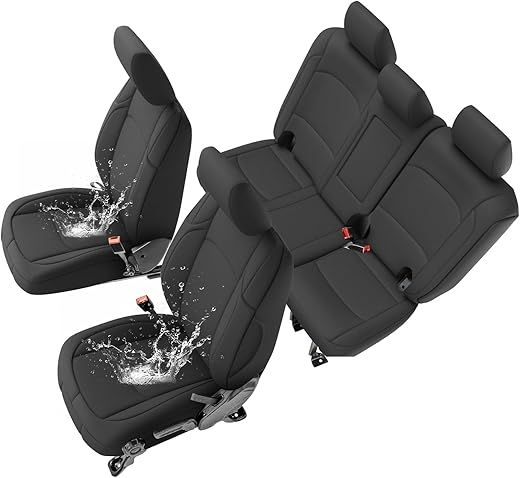
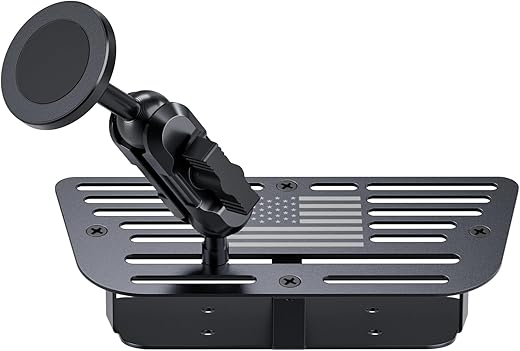

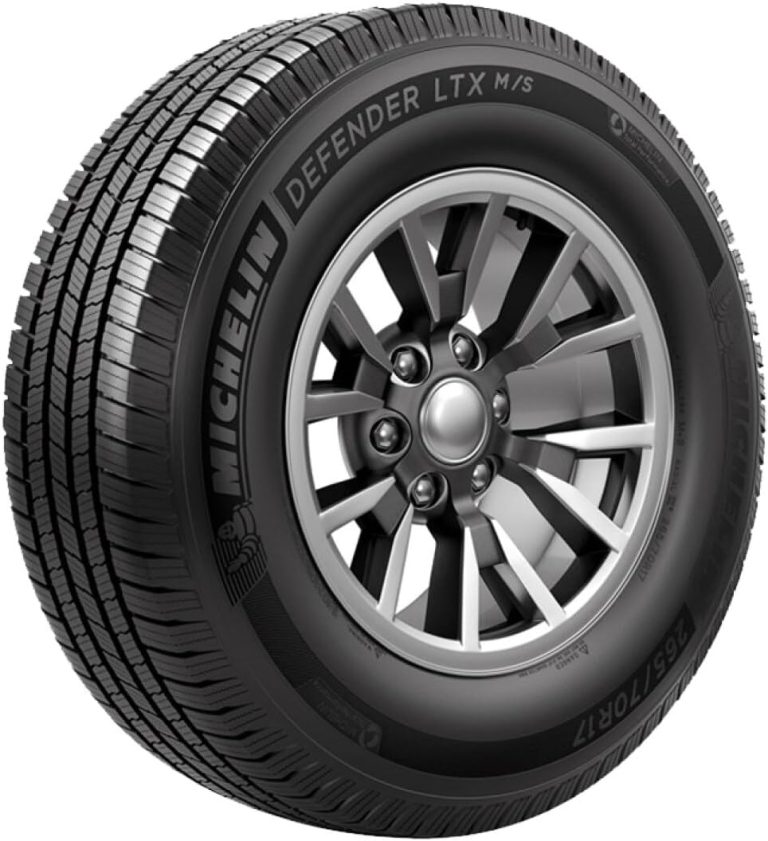
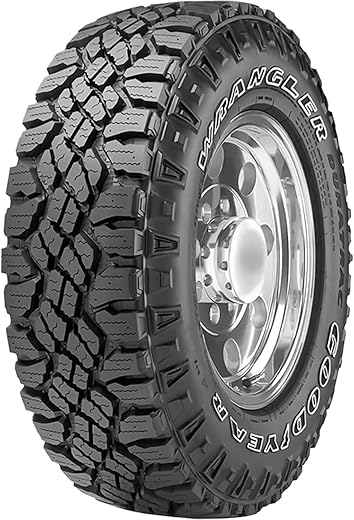
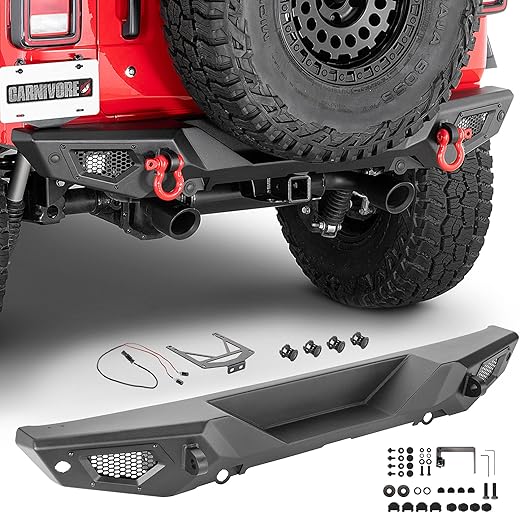
Small but important callout: the 2 Pack 12V 12Ah LiFePO4 looks great for accessories, but don’t expect to run fridges or heavy inverters with those. Perfect for fish finders, lights, or a small air compressor for inflating tires.
Also, the built-in 12A BMS is handy — saved me once when I accidentally drained one overnight.
Agreed. I used a pair for my camp lighting and Bluetooth speaker — lasted multiple nights without a recharge. Lightweight and no maintenance.
Would two of those in parallel give you 24Ah? Thinking of using them for an under-seat setup for winch control and lights.
Yes, paralleling works as long as they’re identical and you follow BMS recommendations. But consider a single larger battery for simplicity.
Long post because I tried a few of these: Weize LiFePO4 (100Ah), Renogy AGM (100Ah), and a Newport 50Ah.
– Weize LiFePO4: game changer for weight and usable capacity. Charged fast, barely noticed the weight in the back of my Jeep. Expensive but worth it if you camp a lot.
– Renogy AGM: solid, survives cold mornings, but heavy.
– Newport 50Ah: nice backup, easy to move around.
If you do a lot of remote trips, I recommend LiFePO4. If you’re budget-minded and only occasional, Renogy or Weize AGM is fine.
Nice summary, Hannah. Any issues with LiFePO4 charging while driving? Did you add a DC-DC charger?
Appreciate the detailed comparison, Hannah. Your real-world notes on charging and mounting are exactly what readers asked for.
Yes, I used a DC-DC charger with a LiFePO4 profile. No problems. Also added a simple shore power charger for longer stays.
Anyone worried about the upfront cost of LiFePO4? I keep seeing those ‘best long-life lithium upgrade’ badges and wonder if the ROI really pans out for someone who only camps 5-6 times a year.
Curious what others do — wait for sale or buy AGM?
Good question. Generally: calculate total cycles and expected lifespan. LiFePO4 has many more cycles and usable capacity, so if you plan heavy usage or want to run fridges and inverters often, it pays off. For light occasional use, AGM is usually the cheaper path.
For occasional campers, AGM often makes more sense financially. LiFePO4 shines for frequent users or if weight is a priority. But sales do bring LiFePO4 into better ROI territory sometimes.
Great roundup — thanks! I’ve been eyeing the Weize 12V 100Ah LiFePO4 as a swap for my Wrangler’s aux system. Weight savings alone sound tempting.
Quick question: anyone had issues integrating LiFePO4 with a stock alternator charger? I know the article mentions needing a LiFePO4-compatible charger, but I’m hoping the alternator’s smart charging won’t mess it up.
If you want a cheaper route, get a simple BMS-aware charger. But fyi: some people just installed a cutoff to prevent the alternator from trying to equalize. Ymmv.
I converted mine last year. Used a Victron Orion-Tr Smart DC-DC (LiFePO4 setting) between the alternator and the battery — works flawlessly. No issues so far.
Good point, Emily. Many stock alternators and OEM charging systems are set up for lead-acid profiles. You can use the Weize LiFePO4 with an isolator and a DC-DC charger configured for LiFePO4, or set up a dedicated LiFePO4-compatible charger to avoid under/overcharging.
Has anyone used the Newport 12V50Ah in a tight Jeep install? I like that it’s lightweight and labeled good for trolling motors, but is 50Ah really enough as a secondary battery for lights and a fridge on short trips?
Short answer: it depends on your load. For occasional short trips and light accessories it’s a good compact choice. If you expect longer off-grid times or heavy loads, opt for 100Ah or a LiFePO4 option.
I used a 50Ah for a solo weekend with a small fridge and lights — careful management (fridge on eco mode, lights off when not needed) and it was fine for ~24 hours. Not great for multi-day overlanding without recharging via solar or driving.
Honest thought: ExpertPower 12v 33ah seems like the ‘meh’ option on the list — cheap and small. I bought one for a portable jump starter pack and it worked, but lifespan was so-so.
If you’re trying to power mobility equipment or a small UPS, it’s fine. Don’t expect miracles for camping power.
Also watch the terminals and mounting — cheap cases sometimes crack under vibration if not secured well.
Thanks Kevin — we flagged the ExpertPower as a budget-friendly, small-capacity option. Good for accessories and short-term use but not ideal for heavy cycling.
I had one in a small inverter setup. Worked fine but degraded faster than I hoped. Good for backups but replace sooner than a premium unit.
One more angle — if you’re running a winch and recovery gear often, don’t skimp. The surge/starting current matters. Renogy’s 1100A and Weize AGM’s 1150A specs are useful for those scenarios.
I learned after a stuck-in-mud incident that a weak battery = no drama, lol. Invest where it counts.